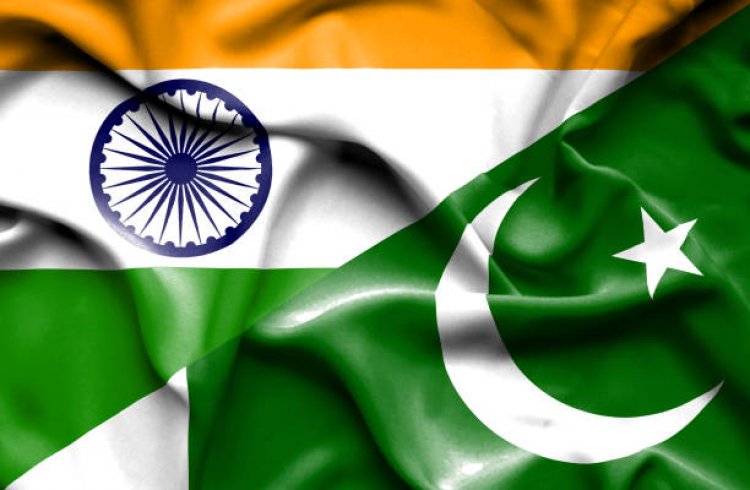Not a Two-Front War, India Faces ‘Jointmanship’ From China and Pakistan
Asia News Agency

In a recent article in The Wire, Rear-Admiral Raja Menon argued that India must improve trade and other relations with Pakistan since India now faces the prospect of a two-front war – with Pakistan as well as China.
He is right, says David Devadas (author of The Story of Kashmir (2019) and The Generation of Rage in Kashmir (2018); he comments on geopolitics) “but his argument is too little too late. India has faced the possibility of a two-front war since at least 1965, when Pakistan (and perhaps some world powers) hoped that China would rattle a sabre on India’s eastern front during that year’s Indo-Pakistan war. We now face the possibility of a coordinated twin-front, or multi-front, confrontation. That officers of the two armies are now posted in each other’s forces indicates that jointmanship in operations might resemble that of the US and British forces during the World War II.
“Close relations between China and Pakistan date from the 1950s, the decade during which China began work on the almost impossible Karakoram Highway…….That should have already given India’s strategists a pause. That connectivity was not meant for tourism. Nor, at that time, for trade.”
India strategists and security analysts did not recognise the threat. “Even those who pass for ‘China experts’ don’t focus on Gilgit, which the British viewed as the geopolitical nub of Jammu and Kashmir since the 1870s. (They still do. So do the Chinese.)”
Vajpayee’s strategic vision
Unlike the intelligence and so-called ‘strategic community’, former prime minister Atal Bihari Vajpayee, writes Devadas “understood the dynamics of the threats India faced from east and west. His defence minister, George Fernandes, publicly named China as India’s ‘enemy number one’.
"That bold statement was a stark contrast to the current policy of appeasing China, even four- and-a-half years after it pushed in at the most vulnerable point on India’s border, and a couple of years after the PLA pushed in at Ladakh, and then mobilised along the entire eastern front.”
Vajpayee made every effort to win over Pakistan but was unsuccessful and Pakistan got closer to China and signed a Treaty of Peace, Friendship, and Good-Neighbourly Relations with China. The odd wording of that title, writes Devadas “should have warned India’s strategic community of what was afoot: the only way China and Pakistan are neighbours is if Jammu and Kashmir belongs to one or both of them. India’s rulers have remained complacent even as Pakistan is becoming a satellite of China….”
India now isolated and surrounded
India, says Devadas, now “faces a twin threat – nay, a conjoined one. There are Chinese troops across the Line of Control in J&K, as well as in mainland Pakistan (ostensibly for CPEC security). And Pakistani officers were posted last year among the vast array of Chinese military deployed along India’s eastern borders. This is a seamless alliance.
“Over the past six months, moreover, the West has left Afghanistan to the tender mercies of Pakistan and its eastern mentor. Anyone who thinks that happened by chance is not an analyst or strategist. Armaments were left for Pakistan to use against India.
“The almost simultaneous emergence of an Australia-UK-US alliance basically ditched India to prioritise Taiwan and the Pacific. While the Quad remains a talk-shop (to which the paralysis in India’s strategic planning has restricted it), there is now talk of Japan overcoming its horror of nuclear weapons to turn AUKUS into JAUKUS.”
















